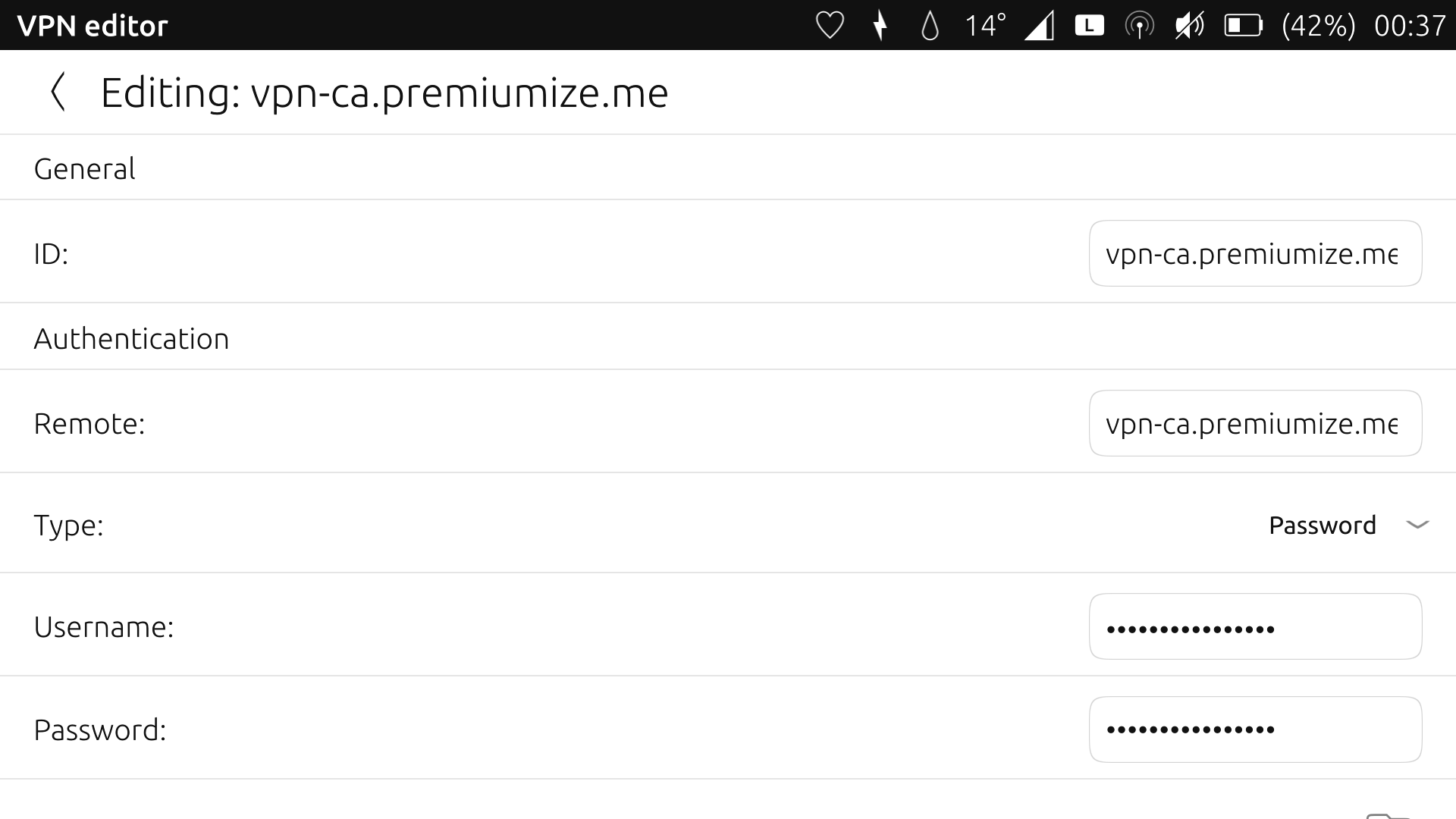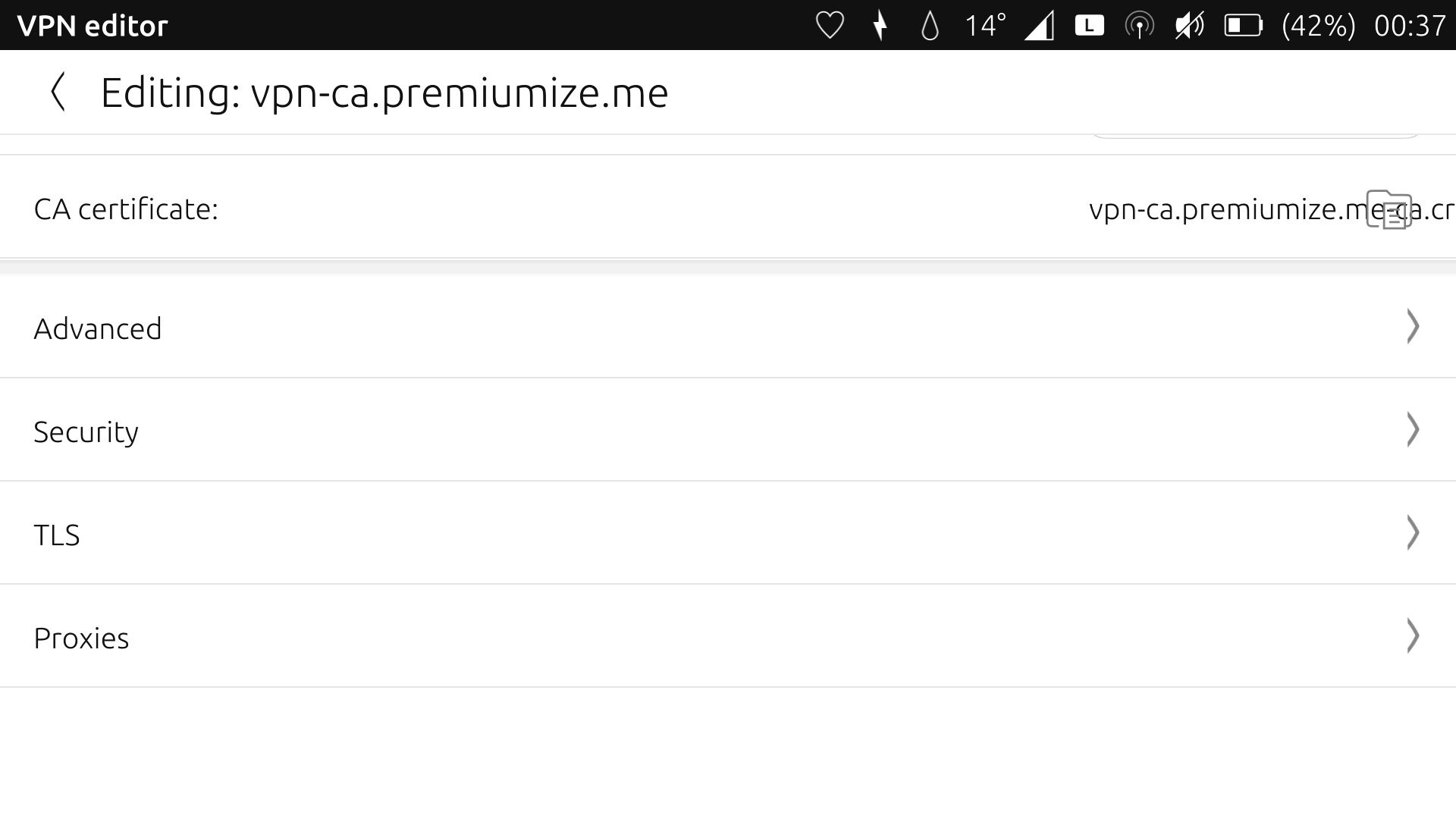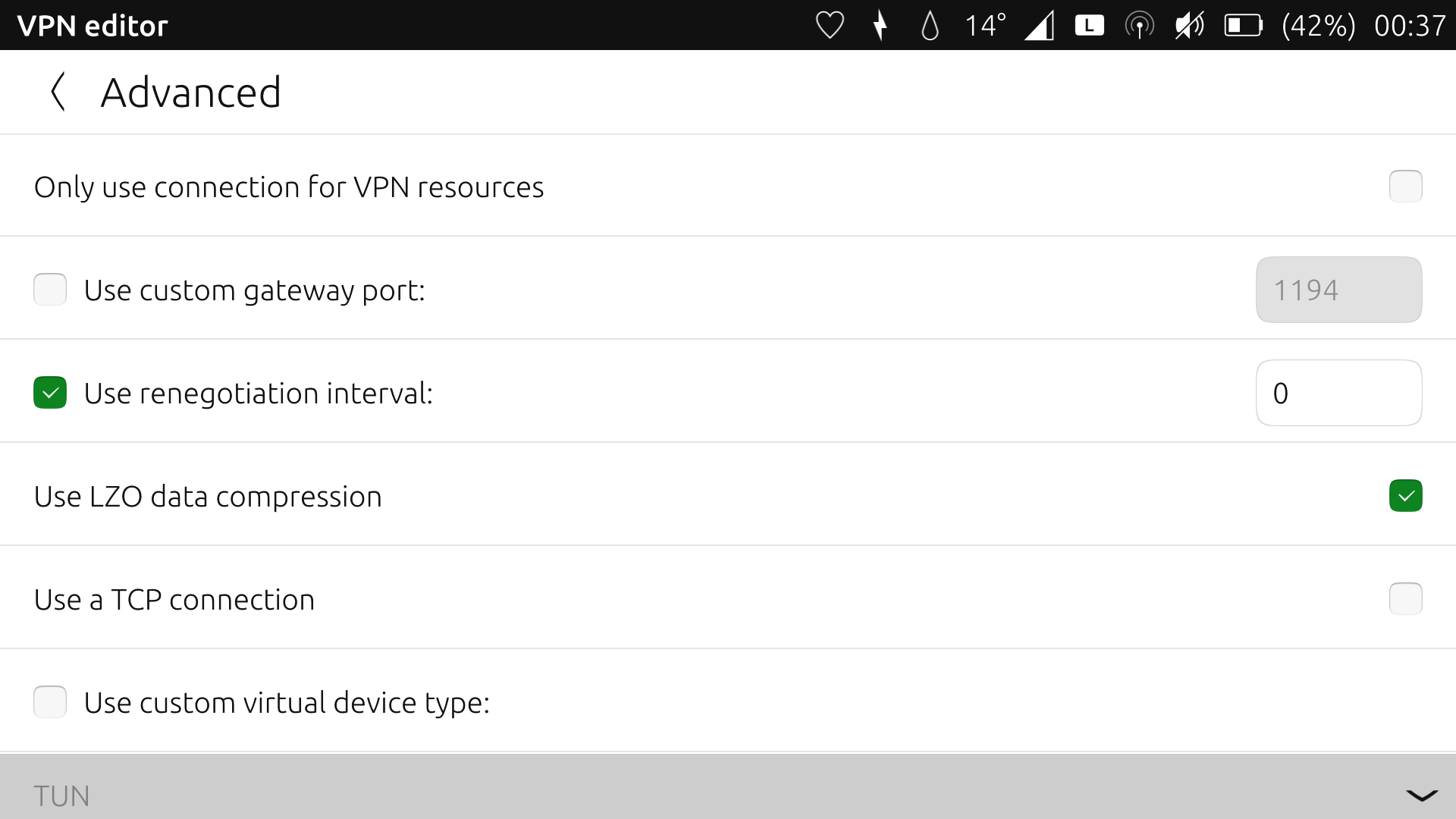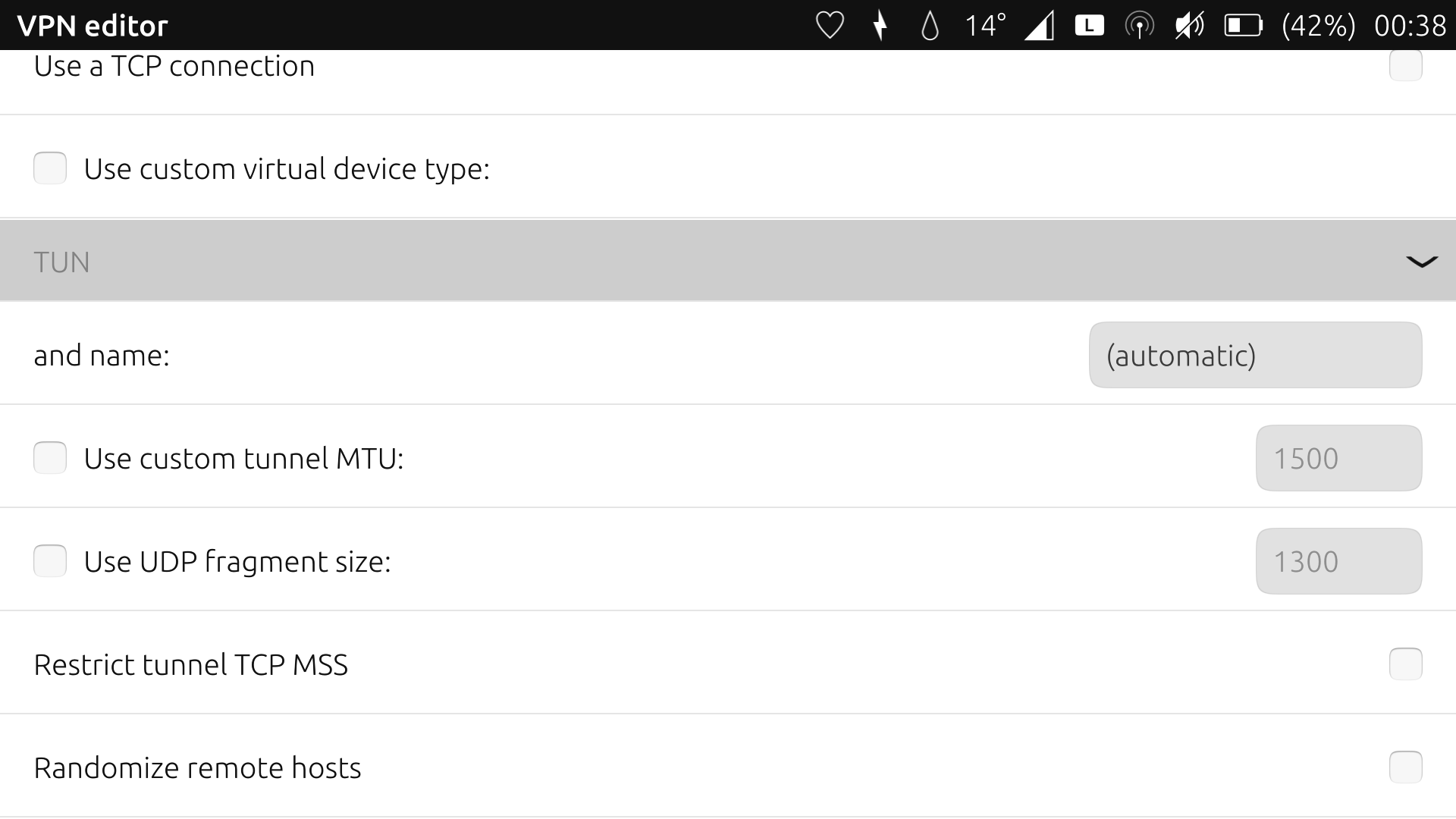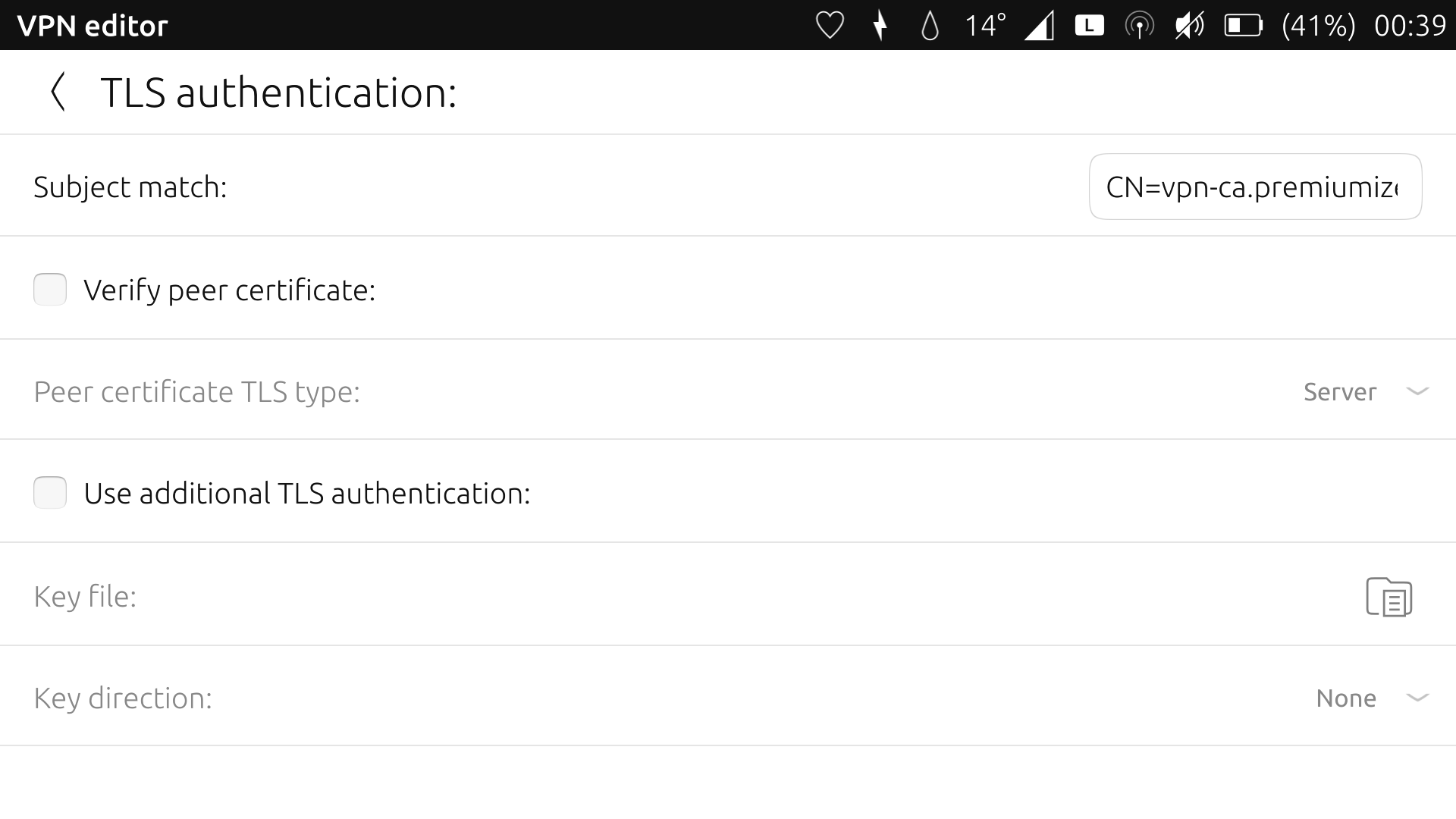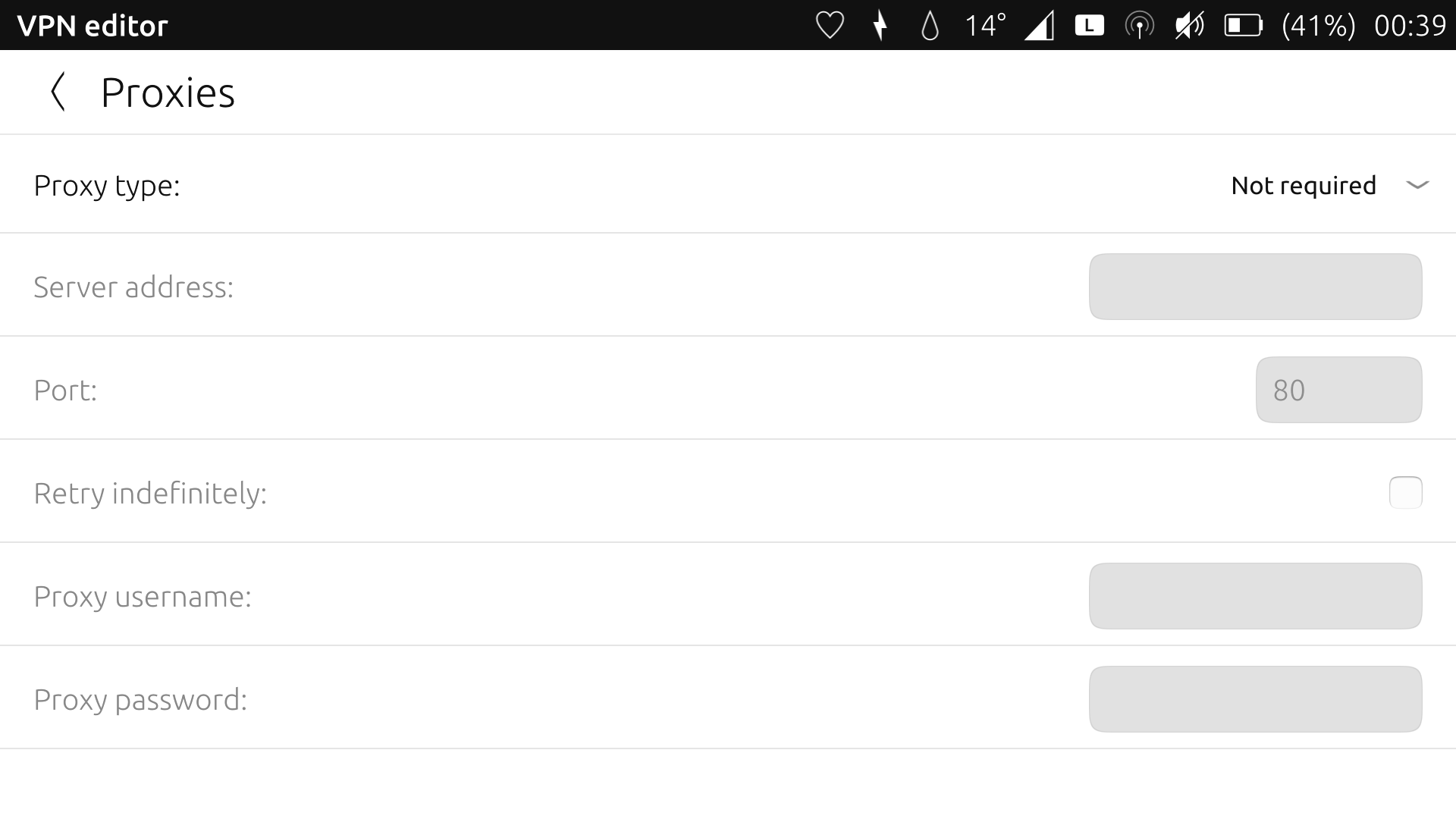Steven, I appreciate you couching your words to avoid offence, but I disagree on your points.
@TotalSonic said :
There is not really any available device that would benefit from using the outdated and unsupported UT OS, and it would be a serious waste of time to any of the UT developers to try and accommodate this as well.
You seem to be implying that I suggest that the developers to go back to the old way of doing things, that is to support Vivid which is a version several years out of date (and which was so even up to the point of UBP OTA-3), which would be akin to keeping a zombie on a life-support drip. That is not what I suggested. My desire is in line with what many other users desire, and what the developers have promised, that with a switch from Xmir to Xwayland among other improvements will return all applications within the Libertine container to full functionality. So going with that route is surely not a waste of development resources, and is within the stated roadmap of development. At that point, there will be both a fully featured Libertine container, and the full suite of UT native apps; perhaps even by then a more fully realised Anbox experience? On the other hand, if you're suggesting that Libertine should just outright be abandoned, well the apps are still exposed in the new OTA-12 drawer and (only some) still launch, which suggests that the developers are not looking at just abandoning this useful application container after users have enjoyed using it for several years.
@TotalSonic said :
UT native apps running on Xenial will give you way better of a tablet experience than Libertine on Vivid ever will.
This seems like an apples and oranges comparison. I think there's value to be had from being able to use spreadsheets on the go, or to design a presentation, or to write up a nice document with a word processor (show me any UT native app for word processing which comes close to the functionality of Libre Office Writer). Clearly UBports would agree, given the pitch for the M10 FHD as "This tablet provides you a great workflow as a portable laptop. Imagine travelling by plane and working on your documents using LibreOffice.". and also it's "The tablet to travel with". That's still up there on the link I cited above. I also recall an independent article strongly advocating for the compact and lightweight form factor of the tablet in laptop configuration, over a bulkier, heavier, noisier, more expensive and less portable in terms of power delivery actual laptop. This was emphasised in the ease of transporting the tablet via carry-on luggage. If I ever find the article again, I will link to cite it. Another fun use case for Libertine is audio editing with programs such as Audacity. Now, this isn't a pure "tablet experience" paradigm, but feels to me like a hybrid, offering portable desktop apps and also great UT native apps (when Libertine gets the dev love it deserves, that is, that's when we expect both of the aforementioned to have equal priority). That in my view would be one of several criteria for the OS to be truly convergent.
Anyway, I recommended that users would be catered for the UT native apps by having an up-to-date, Xenial phone, and this could leave space for a tablet which can run Libertine. It would indeed be a bit of a waste to only have a tablet, just for Libertine under Vivid and missing up-to-date native apps.
@TotalSonic said :
If running desktop Linux apps on a tablet is the priority then the very best way to do it is by using a standard Linux distro on an x86 tablet - I have done this a lot myself - generally running standard Ubuntu with Gnome 3 DE, or by using Xubuntu with the Onboard osk, and Touchegg multi-touch gesture configuration app - and I've set this up on a Dell 7140, Dell 7275, and Samsung Slate 7. The experience on the Dell 7140 has been best out of all these.
For one thing, I can't find any availability for the three tablets you cite on Amazon. For another, I search "(tablet name) price" and I see they vary from £599-999. This is far in excess of what many users would be willing to pay to have desktop apps on a tablet; at that range most would probably reconsider to go for a mid to high-end laptop. By contrast, I parted with £140 including shipping for my most recent M10 HD tablet (which included a superior storage of 32GB, compared to the original M10 HD Ubuntu Touch 16GB edition). A protective case with keyboard and then a mouse on top of that would probably only go to £60, so you're looking at £200 all-in. So much more appealing of a price, wouldn't you agree? For a very reasonable desktop apps experience (under Vivid Libertine, for the time being) which isn't losing out much on that provided by these high-end X86 tablets (and I can state that because I've seen videos showing how the X86 tablets do desktop apps). The Nexus 7 and the Pinetab (leaving aside the fact that the latter will likely never have a Vivid build, for understandable reasons) are also very economically priced, reinforcing the great niche which a Libertine container has for a portable desktop apps experience.
@doniks said :
@TartanSpartan I think it might be worthwile to have Videos of this difference in UX. I mean the X+1 menu story. A video of the device (not a screencapture) might make it clear for (new) developers what was once possible vs today. I never had a M10 and I can't really picture in my mind what you are describing. I understand that its hard to translate menus into a touch interface without writing a new UI. It might help to have that documented
I could do this soon, easily enough, yep. For the reasons you suggest. Albeit I do think many of the developers do understand what the issues are, given their comments about them on Git. But users would also benefit from a clear illustration of the regressions.
 Two things I'm curious about are:
Two things I'm curious about are: